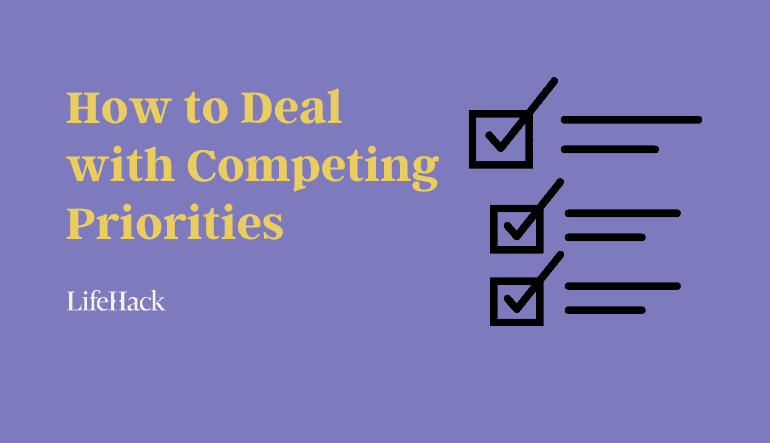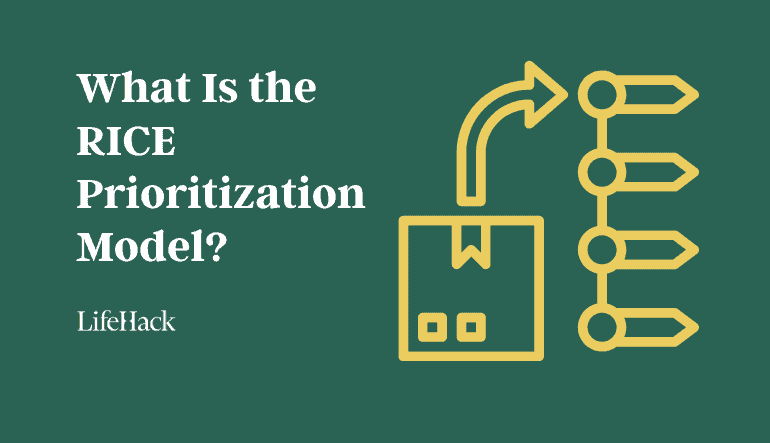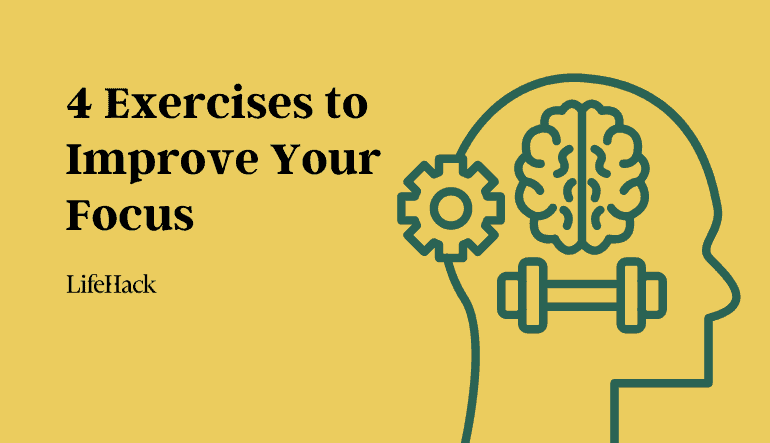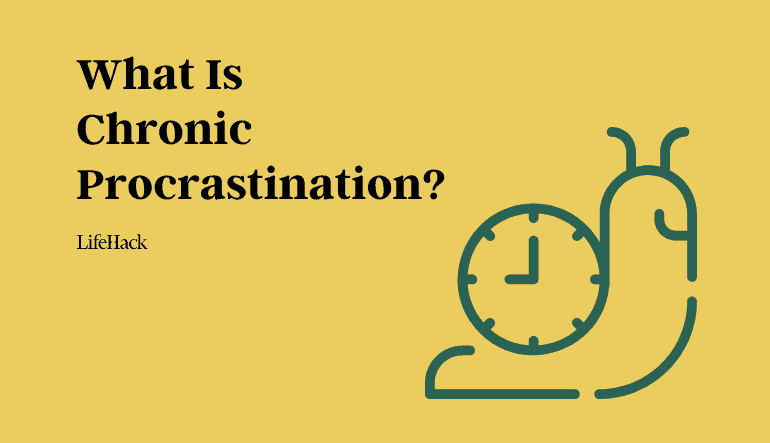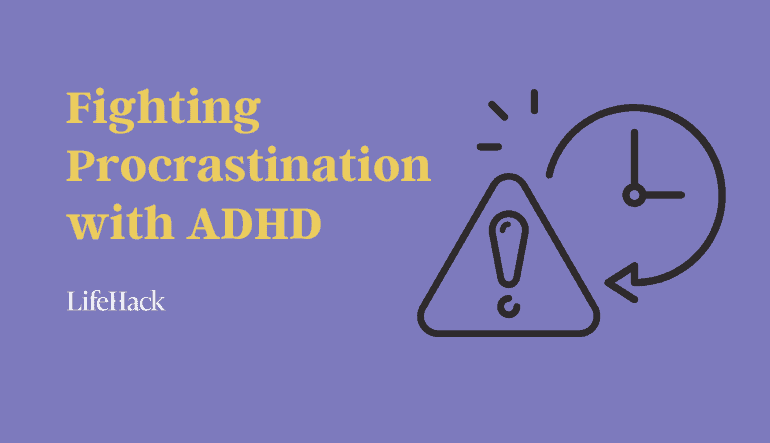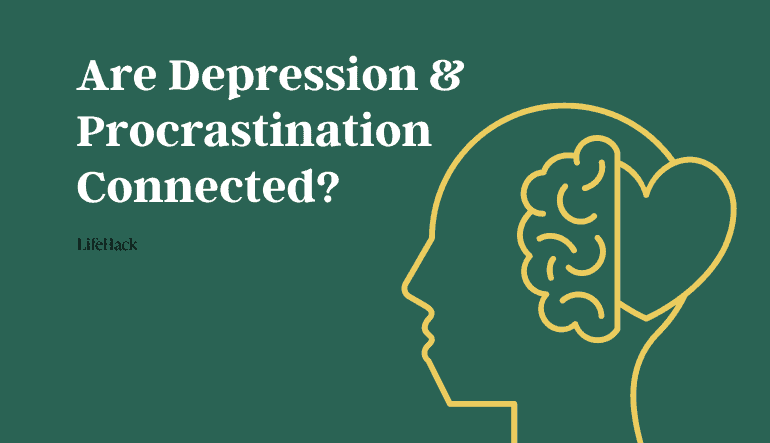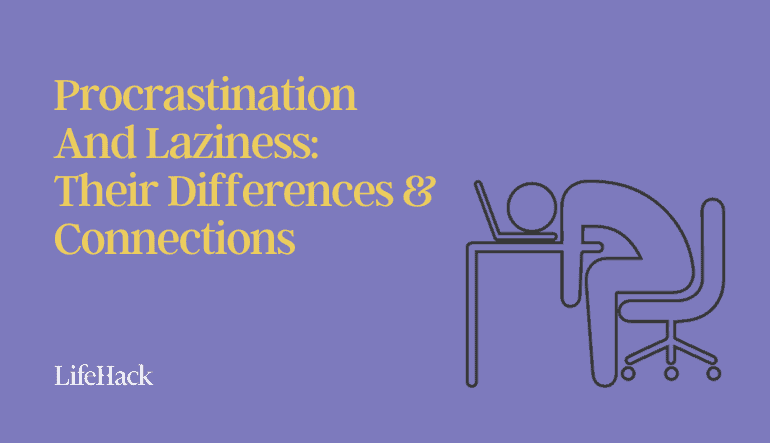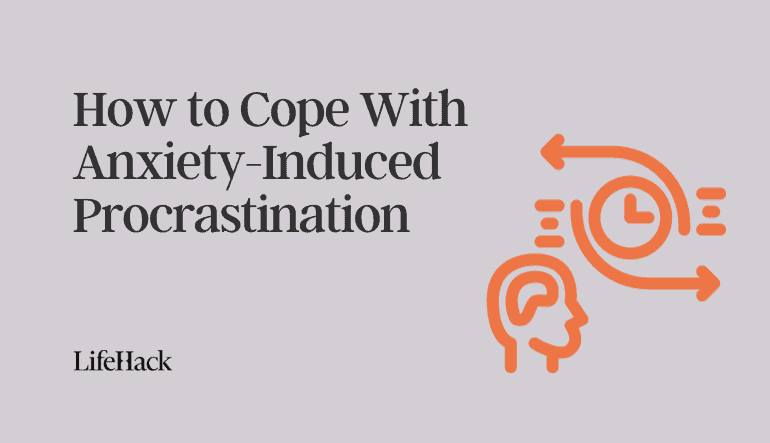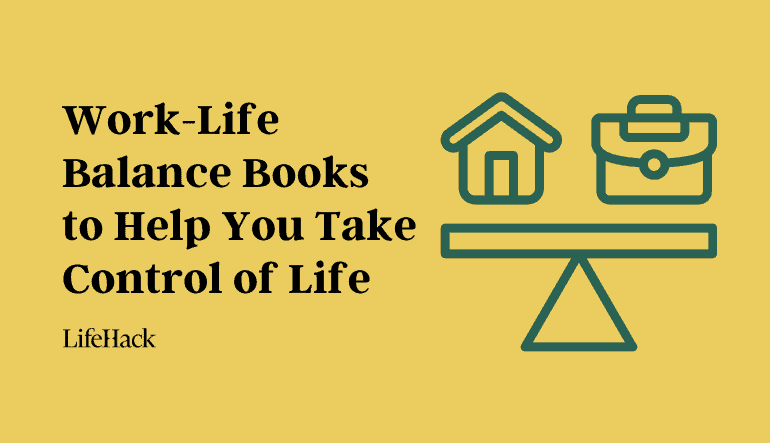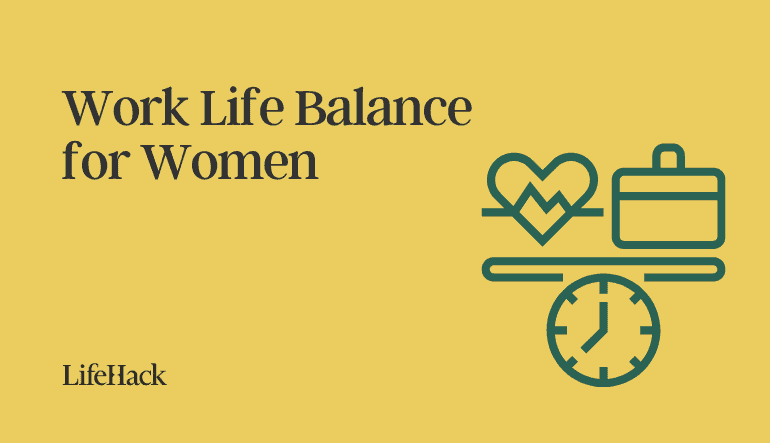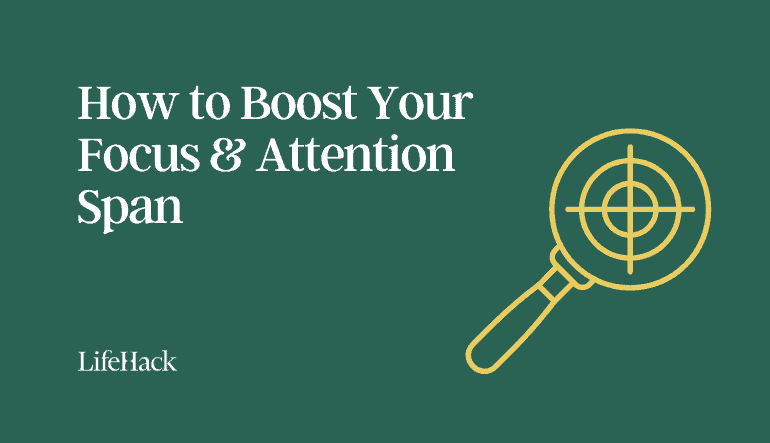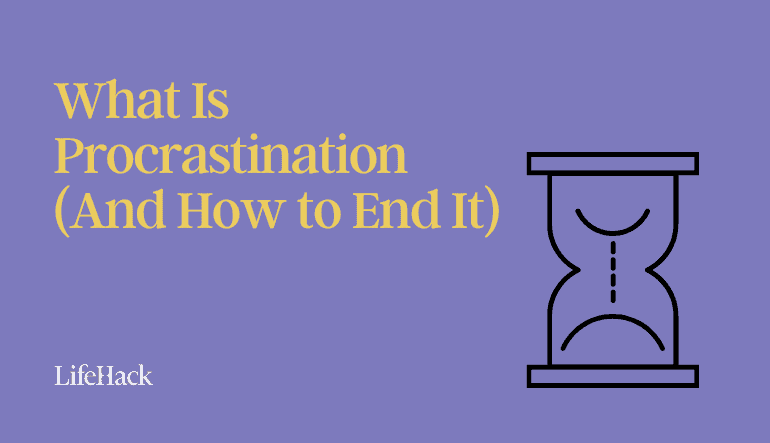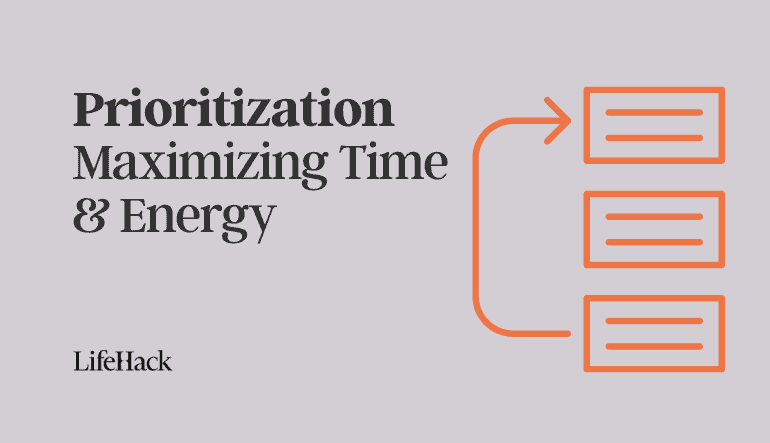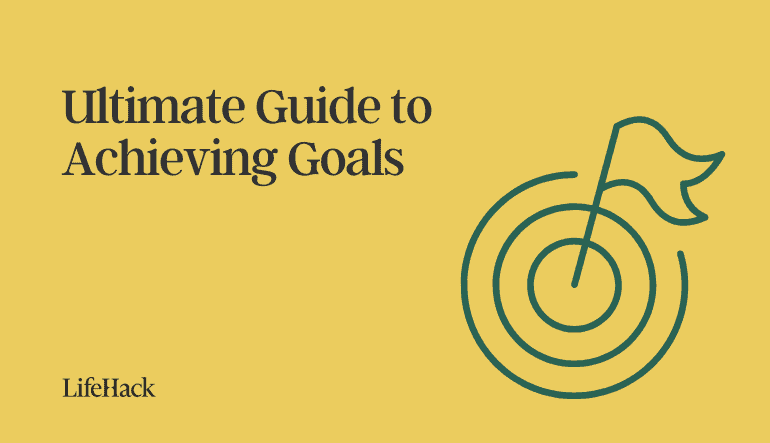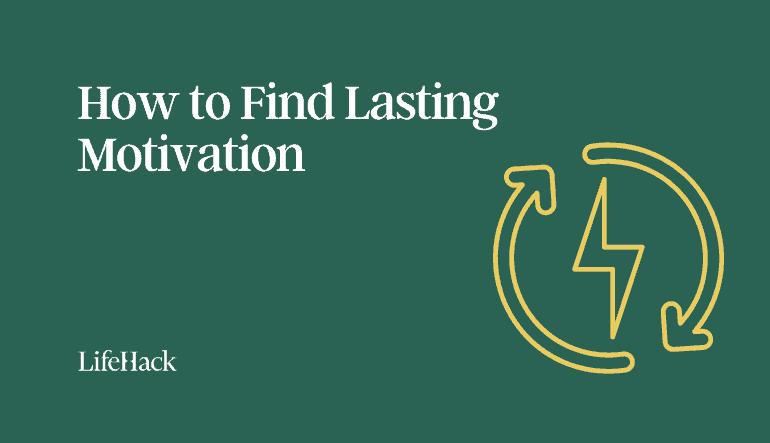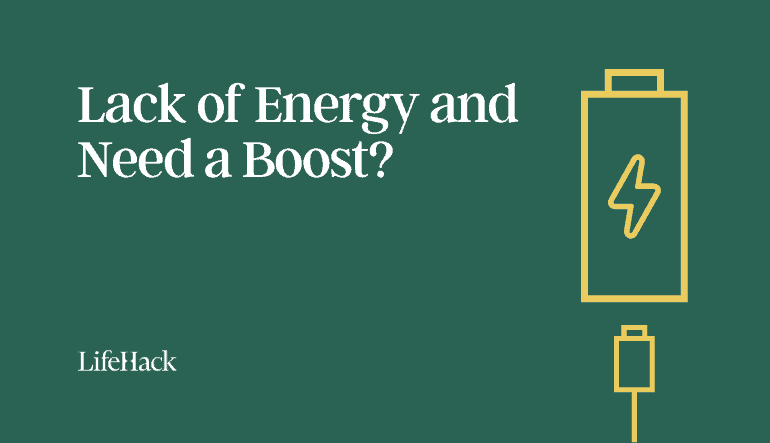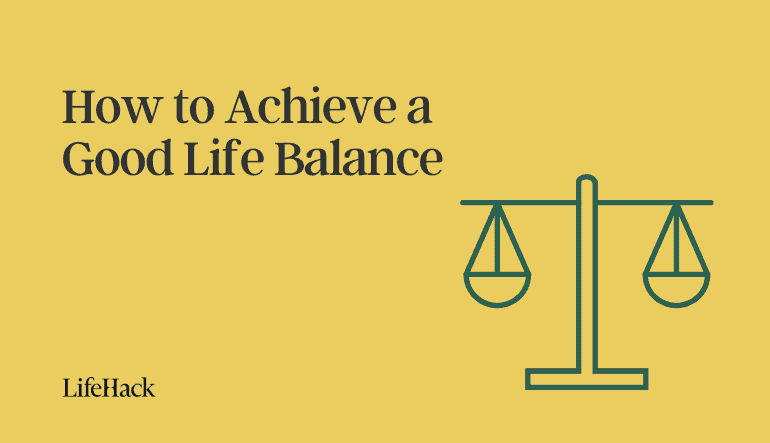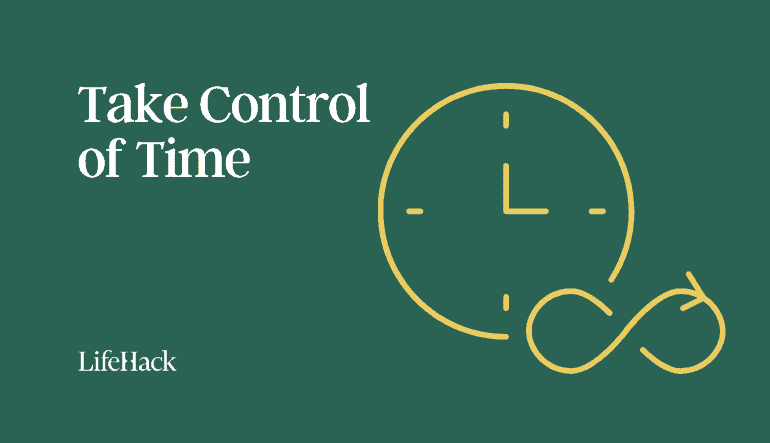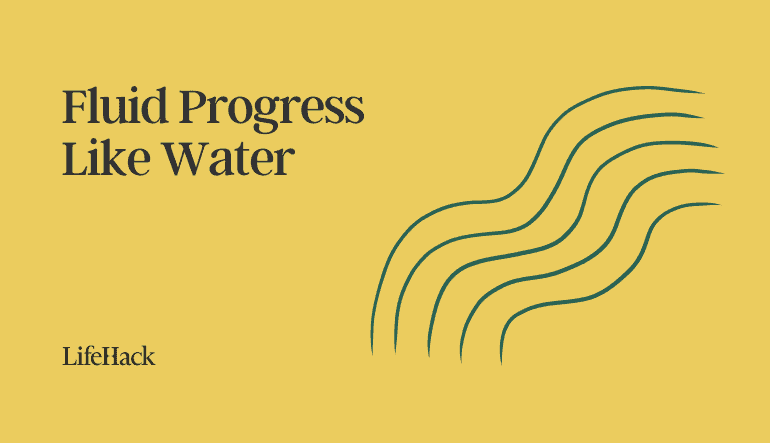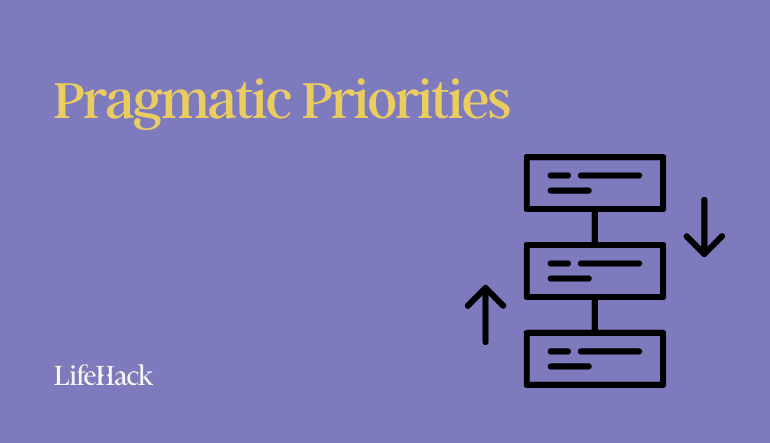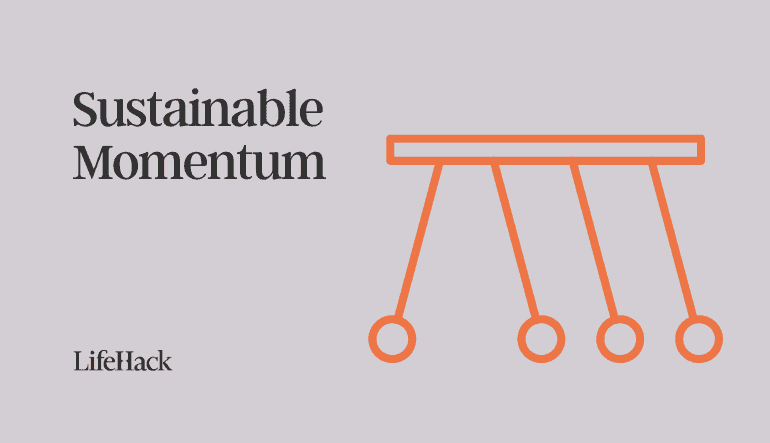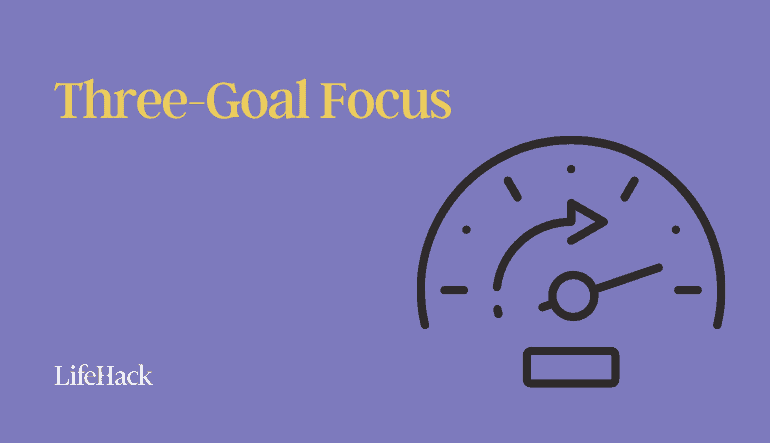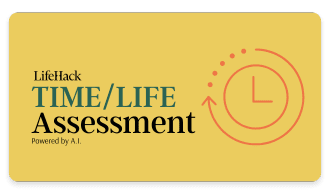Vitamin C, less commonly known as L-ascorbic acid, is a natural and essential nutrient found in numerous fruits and vegetables. It is responsible for the synthesis of particular neurotransmitters, collagen, and L-carnitine, and it also helps mediate metabolism of proteins.
Neurotransmitters are chemical messengers that orchestrate the execution of vital functions such as motor behavior, memory, learning, mood and sleep to name a few. Collagen is a structural protein and one of the primary components of connective tissues and L-carnitine is an amino acid derivative that plays a role in fat metabolism.
Moreover, within the body vitamin C operates as a key antioxidant which is able to govern the generation of additional antioxidants such as vitamin E, and can further help absorption of other nutrients, mainly iron. [1] Since humans are incapable of endogenously manufacturing this water-soluble vitamin, acquiring it through diet is necessary for certain imperative biological functions to occur.
Can I take too much vitamin C?
While the importance of vitamin C intake may be fairly well-known, is there a limit to how much of this essential vitamin your body can handle?
Research says yes, and here’s why: as previously mentioned, vitamin C is water-soluble meaning it dissolves in water, and therefore is not stored in the body. [2] Rather, it is eliminated once excess amounts are reached, creating a false sense of comfort for ingesting too much vitamin C.
However, a recent study demonstrated the dangers of overdoing this nutrient. A team of British scientists conducted a study in which participants were administered more than 6 times the recommended daily dose for 6 weeks. They found that in such high doses vitamin C damaged DNA by converting iron stores into harmful ferrous iron which damages internal organs. [3]
Beyond this, numerous studies dating back to the 70s have indicated a correlation between excessive vitamin C and damage of genetic material. Further, the department of Food Science and Human Nutrition at Michigan State University has highlighted the potentiality of excess nutrient intake to result in toxicity. [4]
What does too much vitamin C look like?
Now that it has been established it’s possible and harmful to ingest too much vitamin C, how do you know if you are exceeding appropriate doses?
The main indicator is gastrointestinal distress: nausea, indigestion, fatigue, diarrhea, vomiting and upset stomach are a few examples of possible symptoms. [5] It also can manifest as hemochromatosis, hormone imbalances, kidney stones, and poor athletic performance. Hemochromatosis can be toxic and in severe cases result in organ failure, since it is the excessive production of iron in the body.
Hormone disruption can interfere with the first stages of pregnancy increasing the probability of birth defects since vitamin C can inhibit release of certain sex hormones. Kidney stones are mineral deposits that form within the kidneys resulting in severe pain. In the process of vitamin C metabolism, some are converted into oxalate which promotes the development of kidney stones.
Furthermore, too much vitamin C has been shown to reduce endurance in athletes through inhibition of the body’s cellular alterations while exercising.
How much should I take?
So vitamin C is a critical nutrient but when taken in excess causes extreme discomfort and harmful symptoms, how much are you supposed to ingest? The Food and Nutrition Board generated a recommended intake chart based on age and gender. [6]
Ultimately, the daily intake should be between 65 and 90 mg and harmful effects begin to appear with continued intake exceeding 500mg over long periods of time, and 2000mg for a single day.
Unlock Your Time Potential: From Chaos to Control
Discover how to reclaim your time and transform chaos into productivity with our comprehensive Time/Life Assessment.
If you're ready to take control of your time and boost your efficiency, don't miss this opportunity to get a personalized analysis and action plan.
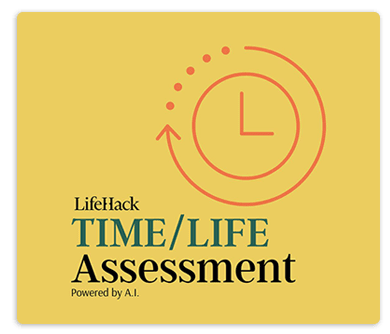
How can I get vitamin C?
The best sources of vitamin C is through digestion of natural fruits and vegetables. Some primary examples and amount of vitamin C in 100g portion: [7]
- Strawberries: 58.8mg (98% of the daily value)
- Oranges: 53.2mg (89% of the daily value)
- Peppers: 183.5mg (306% of the daily value)
- Broccoli: 89.2mg (149% of the daily value)
- Papaya: 60.9mg (102% of the daily value)
- Lemon: 100mg (166% of the daily value)
- Kale: 120mg (200% of the daily value)
- Brussel sprouts: 85mg (142% of the daily value)
- Kiwi: 92.7mg (155% of the daily value)
- Peas: 60mg (100% of the daily value)
If cannot be consumed naturally, supplementation is available to meet the recommended daily dose.
Featured photo credit: servingjoy.com via servingjoy.com
Ready for a Goal Breakthrough? Unlock Your Personalized Strategy
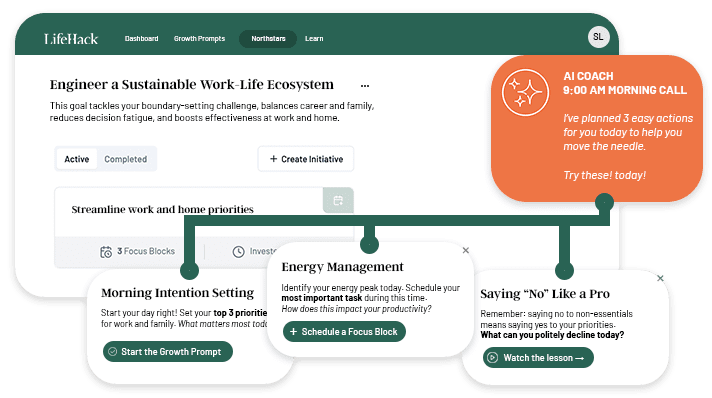
Experience the power of a strategy tailored just for you.
Our personalized system provides:
- Custom-crafted action steps based on your unique situation
- Insights tailored to your specific challenges and strengths
- A personalized roadmap to turn your goals into reality
Tailored recommendations powered by smart analysis
Reference
| [1] | ^ | https://ods.od.nih.gov/factsheets/VitaminC-HealthProfessional/ |
| [2] | ^ | http://www.consumerlab.com/answers/Is+it+possible+to+take+too+much+vitamin+C%3F/too_much_vitamin_c/ |
| [3] | ^ | http://www.nytimes.com/1998/04/09/us/taking-too-much-vitamin-c-can-be-dangerous-study-finds.html |
| [4] | ^ | http://www.webmd.com/vitamins-and-supplements/nutrition-vitamins-11/fat-water-nutrient |
| [5] | ^ | http://www.livestrong.com/article/499159-disadvantages-of-vitamin-c/ |
| [6] | ^ | https://ods.od.nih.gov/factsheets/VitaminC-HealthProfessional/ |
| [7] | ^ | http://www.health.com/health/gallery/0,,20745689,00.html |
